Twins and Triplets: Pregnancy Risks
Twin pregnancy risks are can sometimes be more complex than single pregnancies. Besides, carrying multiples in your womb isn’t exactly easier than carrying singletons. However, managing these pregnancy risks may not always be a simple task for any pregnant woman. In this article, we’ll find out the risks and complications of twin pregnancies that you should look out for.
What are twin pregnancy risks? Can you detect them on a Twin Ultrasound?
There are certain risks attributed to twin pregnancies. Not only because it is more physically demanding to the mother, but also because of the health of the mother during her twin or multiple pregnancies. Some risks are a result of the certain health conditions of the mother before her pregnancy, while some risk factors are due to the physiological changes happening to the pregnant woman during her pregnancy.
Some pregnancies might be risky for the health of the mother or her twins. However, some factors immediately classify pregnancy as high-risk for both the mother and her baby. Here are some of the common risk factors in twin pregnancies:
- Vanishing twin syndrome
- Preeclampsia (mother can develop high blood pressure)
- Health problems of the mother
- Maternal age
- Gestational diabetes
- Placenta previa
- Twin-twin transfusion syndrome
- Premature labor and premature birth

Are these risks higher in twin pregnancies than singletons? What about Monchronionic Monoamniotic twins vs. Monochronionic Diamnotic twins?
Certain risks are higher in twin pregnancies than singletons because twin pregnancies are generally more physically demanding for the mother so they are higher risk. Also, there are more risks in certain types of twin pregnancies, for example, in monochorionic-monoamniotic twin pregnancies with a shared placenta. Some risks are only attributed to twins because twins are often born early. Premature births are often more risky for babies than full-term pregnancies. Moreover, premature births are sometimes linked to developmental and learning delays in twins.
Certain risks have higher occurrences in twins and multiples than in singletons. Also, twin pregnancies nee more supervision from the doctor to observe the health of the mother and her twins. Monochorionic monoamniotic twins pregnancies are riskier than fraternal twin pregnancies (aka monochronionic diamniotic twins) which emerged from 2 egg cells and 2 sperm cells. Generally these risks increase with higher order multiples.
What is the vanishing twin syndrome?
Vanishing twin syndrome is a loss of one or more fetuses in a twin or multiple pregnancies. However, even though it is not a miscarriage, it does not make the loss of a fetus any less painful. The vanishing twin syndrome is characterized by the death of a fetus in the womb of the mother. But, the fetus is not forced out from the womb like in a miscarriage. On the contrary, the fetus is absorbed by the mother’s body from the womb.
The vanishing twin syndrome affects about 20-30% of multiple pregnancies. In addition, it is more common to lose a twin in the first 2 trimesters of your pregnancy. This is one of the risks of twin and multiple pregnancies since not all babies make it to full term and not all babies are able to survive with their twins. On the other hand, even if twins survive in the womb until labor, some twins are lost during birth. It is estimated that in every 1000 twin births, 12 births record a stillborn twin.
What are the risks attributed to folic acid twin pregnancies?
Folic acid may increase your chances of conceiving twins by taking higher amounts of folic acid before and during your pregnancy. If a woman successfully conceives twins with this practice, it is known as folic acid twin pregnancy. Also, folic acid protects the mother from miscarriage and keeps babies from certain birth defects such as spina bifida. However, even if 400-1000 micrograms folic acid have plenty of benefits for your pregnancy and your twins’ development, it is not without risks if you take too much of this nutrient.
Excessive Folic acid and Vitamin B12 intake may increase your chances of giving birth to twins or singletons with autism. However, this can easily be avoided by just taking the right amount of necessary nutrients for your pregnancy. Nevertheless, enough folic acid is recommended for pregnant women because the benefits outweigh the risks since the risks are only attributed to excessive intake of this nutrient in attempts to conceive twins.
How to manage a high-risk twin pregnancy?
In high-risk pregnancies, it is best to get the right prenatal care with regular checkups with your obstetrician-gynecologist. Moreover, you have to ensure that you are getting the right nutrients throughout your pregnancy with the right food and dietary supplements. Follow your doctor’s advice at all times and if you feel something odd during your pregnancy, consult your doctor immediately to find out the root cause of your concern before it becomes a twin pregnancy complication. Your doctor will only opt for premature delivery when it is very necessary to save your life and your twins.
How to prevent pregnancy complications? If you’ve been wondering “How can you get pregnant with twins?” This is Something to Consider:
If you are reading this and you are already pregnant, you may want to consider these measures for your next pregnancy to avoid complications and unnecessary risks. On the other hand, if you are reading this and you are still planning on getting pregnant, here are some things that you might want to consider to lessen the chances of pregnancy complications:
- Proper nutrition and enough folic acid intake
- Get the right vaccines for pregnant women
- Maintain a healthy pregnancy weight
- Avoid cigarettes and alcohol throughout the pregnancy
- Avoid drugs which are not prescribed by your obstetrician-gynecologist
- Get the right pre-natal care
- Have regular lab tests and necessary ultrasounds as recommended by your doctor
Conclusion
Twin pregnancy risks are manageable as long as you get the right medical attention when you need it the most. Moreover, you need to have to be healthy most of the time to help your twins grow healthy inside you. Also, you have to make sure that you get the right nutrients to support your twins’ physical and cognitive development.




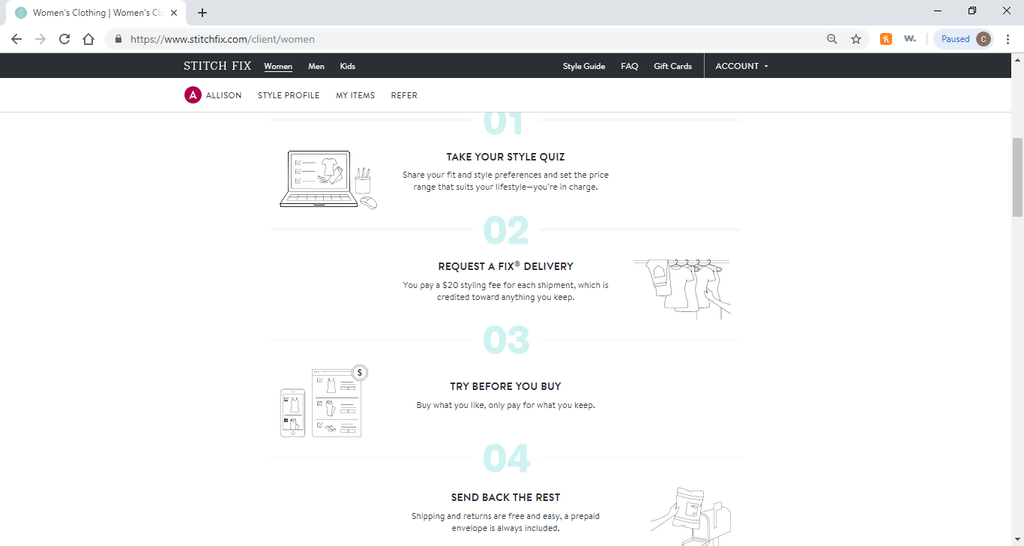
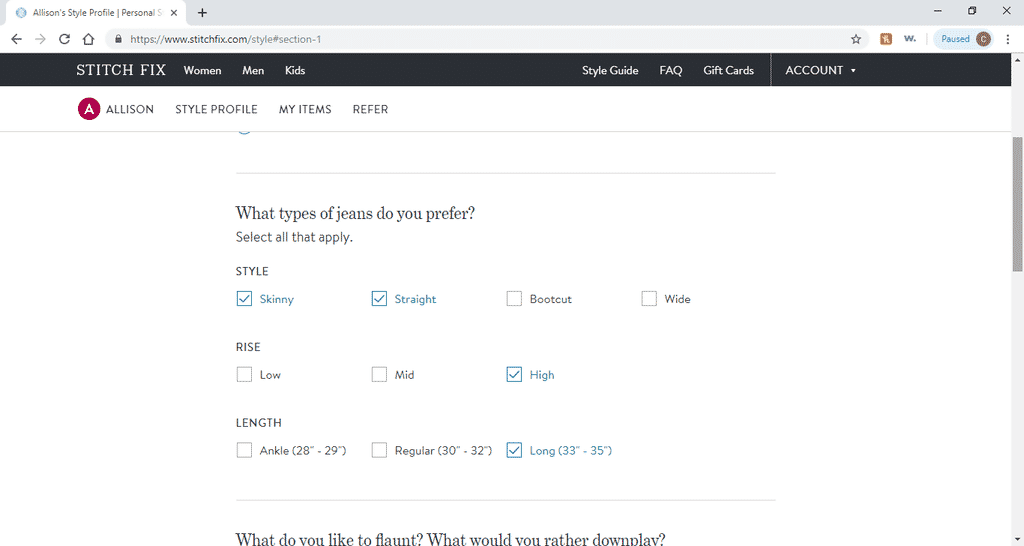
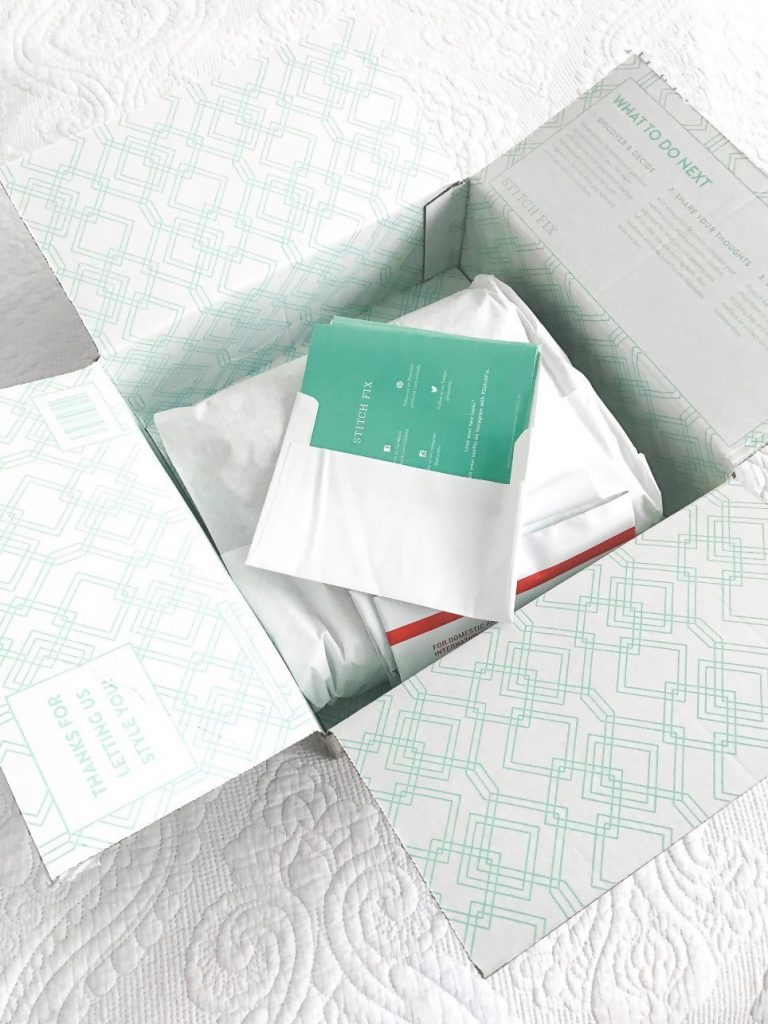



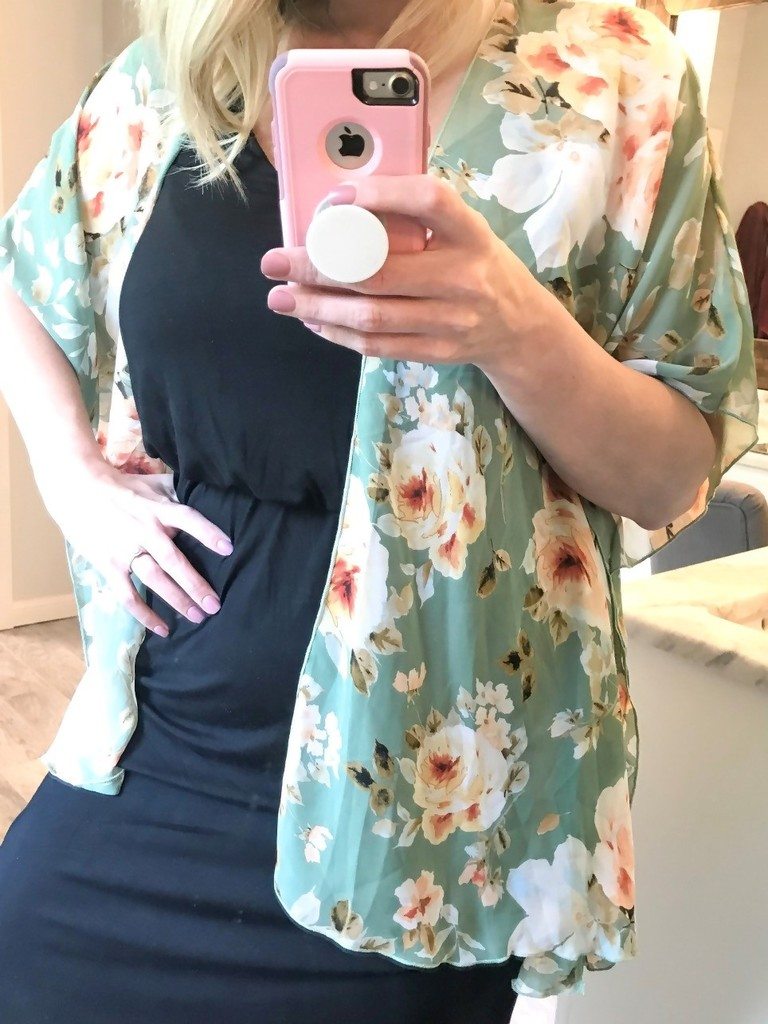

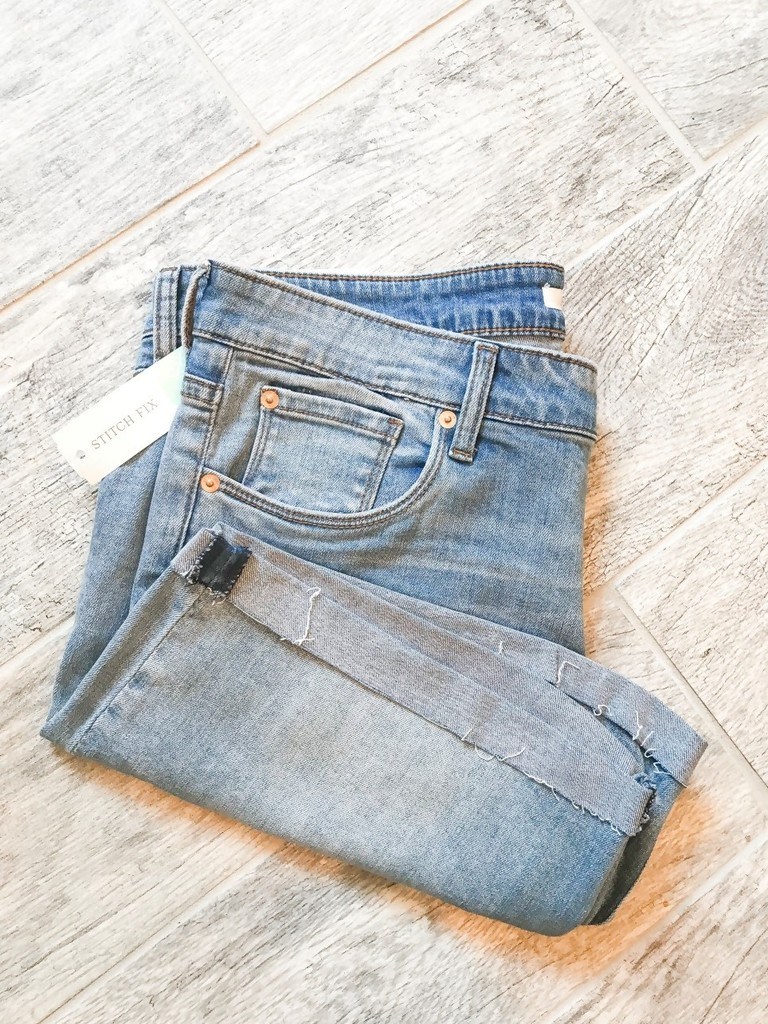



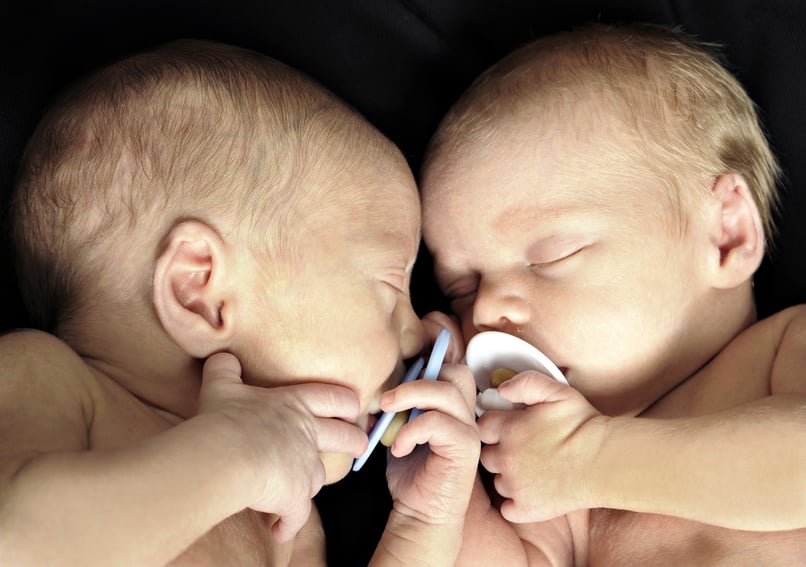

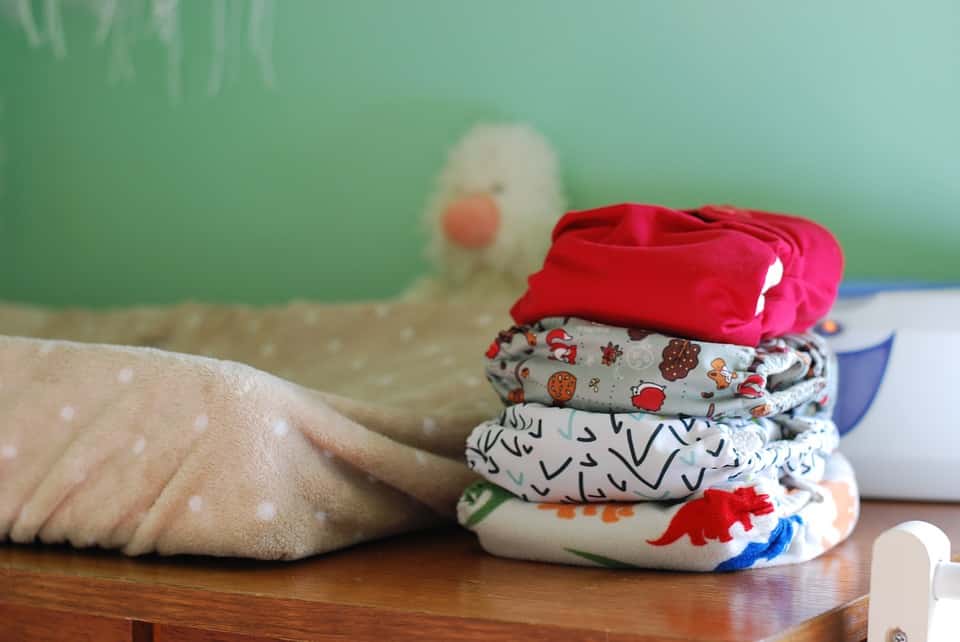

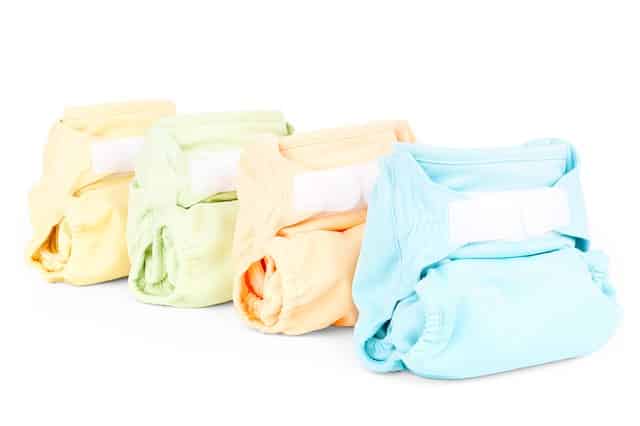

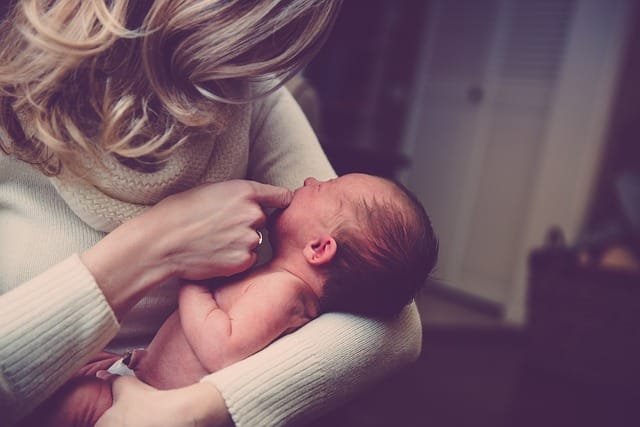





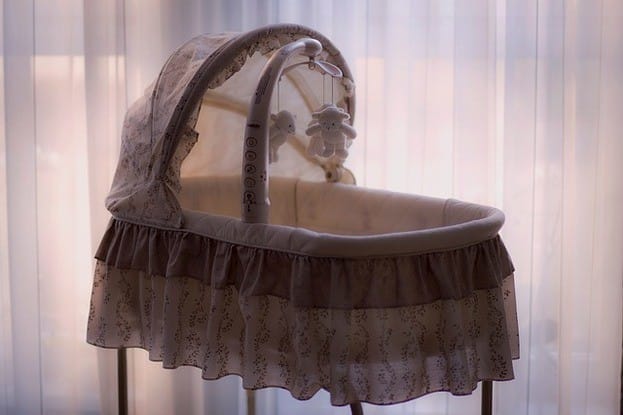

 Store
Store